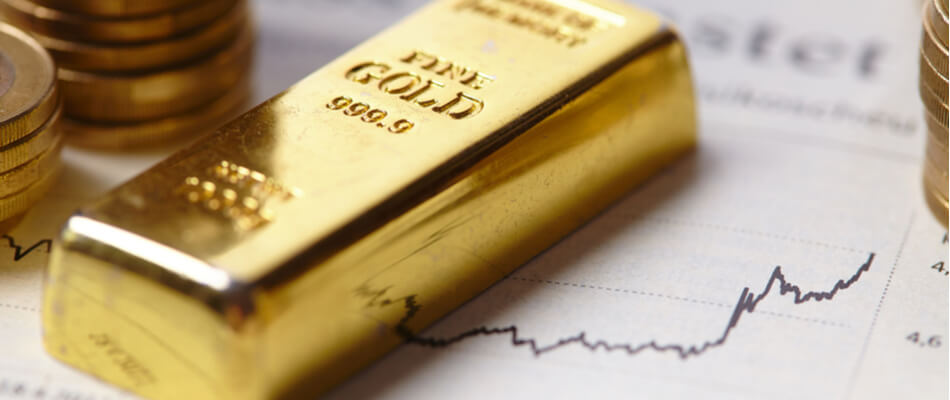Investing in gold, is it smart?
The answer to this question is not so clear-cut. It is a fact that gold , unlike some currencies, can never devalue to the point where it is worthless. This is partly due to the limited size of gold reserves and the permanent material value. Unlike paper money, gold cannot be manufactured. Central banks can influence the value of paper money and have banknotes printed themselves.
The gold price is subject to constant fluctuations. This is a good source of speculation. For example: In 2013, the gold price fluctuated between 1650 and 1200 dollars per ounce. The difference in value was no less than 37%!
But remember that great successes from the past are no guarantee for the future! While on the one hand a nice return can be realized with gold by speculating with it, on the other hand you have to do without the income from dividends or interest. It is clear that the income from gold is completely dependent on the rise and fall of the gold price.
Before you decide to choose gold as an investment, you should first be aware of a number of essential matters. A good insight into the development of the gold price is essential. There are two important factors that influence the gold price and can cause a rise or fall:
The demand for physical gold
More than half of the world’s gold demand is for jewelry making, mainly in India and China.
Speculation on the capital markets.
This amounts to one third of the total demand for gold.
Speculating in gold is NOT ALWAYS wise
Over time, there have been many fluctuations in the gold price. A good indication of this is a comparison of the gold price with the MSCI World stock index, which is globally oriented. As a starting point, you take the net stock index. This means that dividends are only compared after deduction of taxes and costs. From this, it can be deduced that from around 1975, speculating in gold, and therefore with the gold price, was rather uncertain. There was also a very favourable period between 2001 and 2012. The gold price increased fivefold at that time. From €290 to over €1300 for a troy ounce. There were also major periods of loss. Between 1980 and 1990, the value of gold was approximately halved.

Gold is not always necessary in financial crises
In times of crisis you can see that the gold price usually performs well. The gold price then usually increases considerably. For example, you can see that from about 1975 gold yields more return than shares . Only in 1998 during the financial crisis in Russia were the losses of shares and gold equal to each other.
It is a given that investors turn en masse to gold as a safe form of investment when there is no confidence in the monetary system of the banks at that moment. In crisis situations, gold has repeatedly been shown to be a reliable way to, for example, be able to retain part of the assets.
However, it can also be concluded from a comparison with the MSCI World stock index that there is a recovery of the stock markets every time. This means that investors would have overcome the crisis even without buying gold.
Gold as part of the investment portfolio
It is always possible to have a quantity of gold as part of the stock portfolio and thus secure a part of your wealth. In times of major financial crisis you are more assured that the losses will remain limited.
The question is how much gold is needed. Opinions are divided on this. Advice from stock market experts ranges from a share of gold of 5 to 25% of the total assets.
Compare brokers and start investing in commodities
Are you excited about investing in commodities, such as oil and gold, after reading this article? Check out brokers that offer trading opportunities in commodities and find the broker that suits you best!